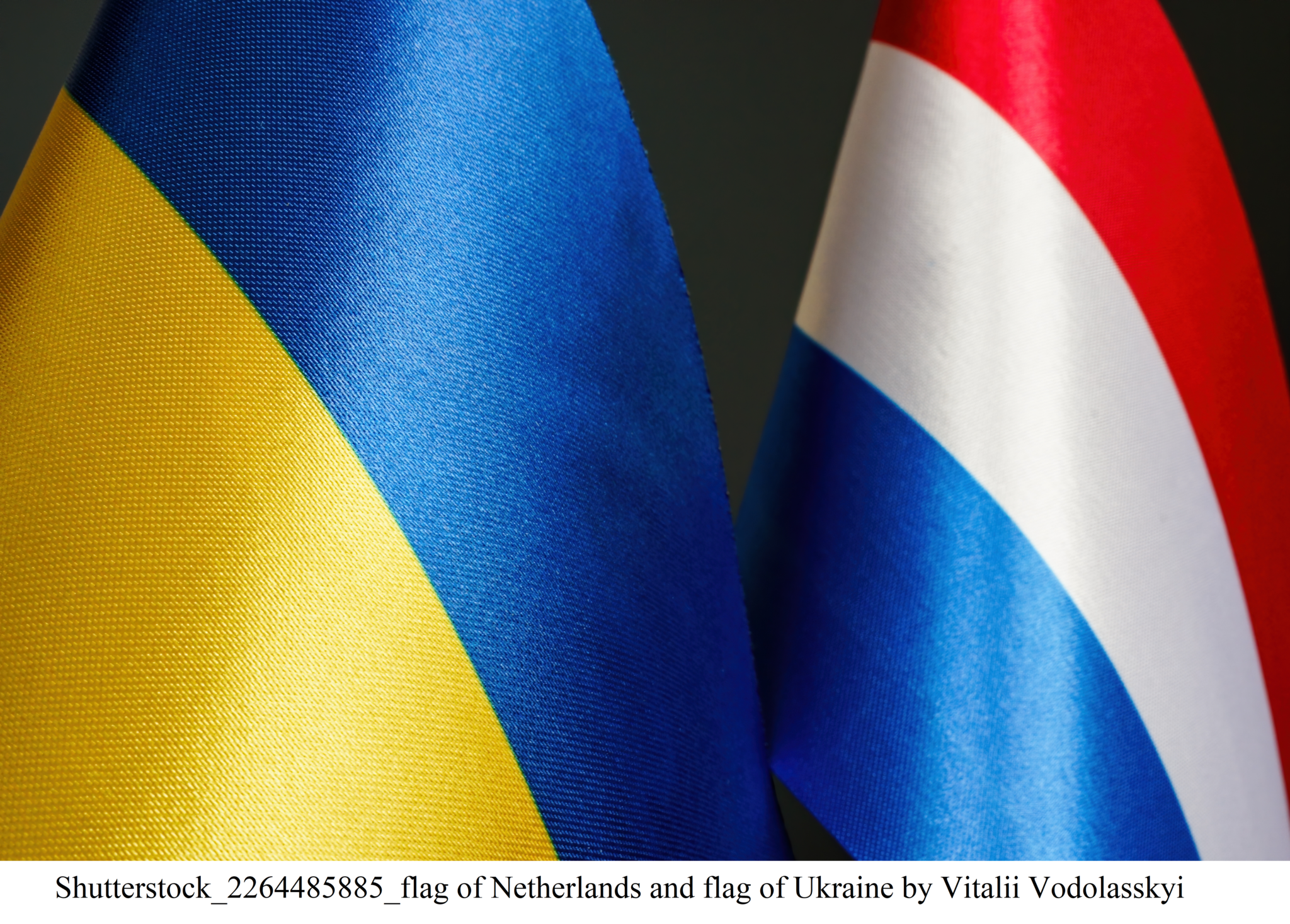
The information collected by the researchers will help restore habitats damaged during the hostilities.
Recently, Anna Kuzemko, the PI of the project ‘Grassland habitats of Ukraine of pan-European importance: current status, losses and conservation strategy in the context of global climate change and anthropogenic transformation of the environment’ visited the NRFU. The researcher shared the good news: an illustrated edition ‘Atlas of Grassland Habitats of Ukraine’ has been published. The data for the book was collected as part of a project funded by the National Research Foundation of Ukraine.
We congratulated the researcher on the release of the Atlas and asked her to tell us more about the project and the book (its release is a truly remarkable event in the research world).
“We sought to find out the current status of grassland habitats (land areas with similar relief conditions, climatic features, and vegetation cover) in Ukraine, in particular, we studied steppes and meadows. The territory of Ukraine is large, so traditional research and expeditions would take years,” told Anna Kuzemko, the PI and leading researcher at M.G. Kholodny Institute of Botany, NASU. “In order to do the work quickly, we developed a methodology that allows us to remotely decipher satellite images, identify types of habitats, their location, and boundaries.
Within the framework of the project, a huge amount of geobotanical data was processed. Powerful computers purchased at the expense of the NRFU helped to do this quickly and efficiently.
In addition, the researchers decided to draw public attention to the problems of grassland ecosystems. “Many believe that nature is primarily forests, and steppes and meadows are just grass, which can be plowed for agricultural purposes,” said the PI.
Meanwhile, these areas are a source of numerous environmental services: they restrain soil erosion and reduce the effects of flooding. Medicinal and honey plants grow here, and a feed base is formed as well.
By the way, the plowing of steppes and meadows is also the cause of dust storms in Chernihiv and Sumy regions. In 2018-2020, hundreds of hectares of steppe and meadows were plowed across Ukraine. A few years later, soil erosion started developing.
Based on the information collected, a manuscript of the ‘Atlas of Grassland Habitats of Ukraine’ was prepared at the end of 2021. In early 2022, it was planned to be edited and published.
These plans were canceled by the war. However, the researchers quickly returned to their research work and the Atlas was submitted for publication in the fall of 2022.

“The Atlas helps to understand that our habitats are a great wealth! Hay meadows in Poltava region, steppes near the Black Sea, and mountain meadows in the Carpathians are whole worlds containing many living organisms,” explained Anna Kuzemko. “When one such land disappears, its entire world also disappears.”
The authors of the illustrations of the book are botanists, zoologists, and ordinary activists who observe nature. Besides, photos taken from a quadcopter, purchased at the expense of the NRFU, were used in the Atlas. “We sent a pdf-version of the book to our foreign colleagues and received very good reviews. They write that the photos from a quadcopter are a godsend. No one has ever used it in such publications before,” said the researcher.
Unfortunately, some of the territories described in the book are temporarily occupied by russian troops or mined.
“In 2021 we recorded plants (including rare species) and their locations, and now we are developing methods to map them,” the PI said. “Modern research methods allow us to overlay images of fires, explosions, and to estimate the area of habitats (including those protected on the pan-European level) that have been damaged during the hostilities.
These maps can and should be used for the post-war recovery of the country and for reparations payment from the russian federation.
Interviewed by Tetiana MACHULINA and Svitlana GALATA





